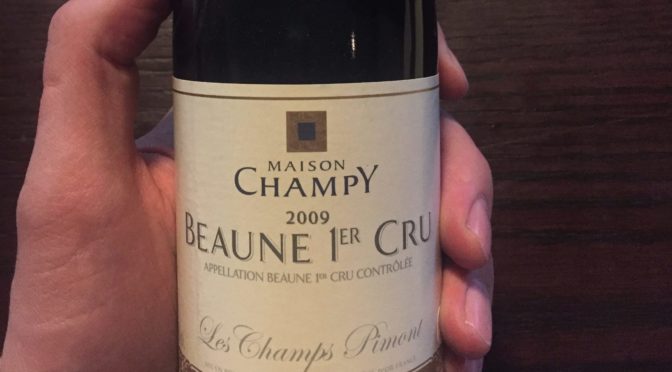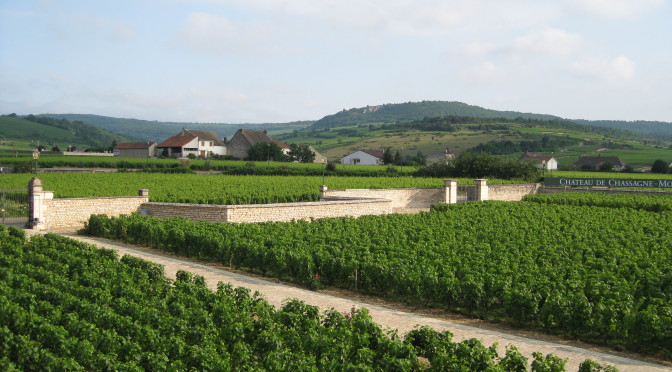Happy New Year
Welcome, 2021. I’m excited for you.
Hunkering Down with Family
Well, COVID.
Decembers seem to come in two flavours for me at Intoria Internet Architects. First, everyone is quieting down before the holidays so things slow down. Or, everyone is trying to fit in one last project before the holidays, so days are spent trying to convert emails into tickets for the team before two more emails appear. As we’ve launched a larger number of websites and application projects than usual, I am looking for the upcoming two weeks off I usually take to reflect on a new corporate website, do some Local Green Fees experiments, and plan out new processes for next year.
Jamie is still a part-time Supervisor at our neighbourhood grocery store, Sobeys. With COVID, the job has become a lot more physical as cleaning time and actions have increased by several hundreds of percentages. Although she comes home tired a lot, I’m super proud of her commitment to be on the front lines of getting people food. She’s an all-star and I love it. (Side note: there is a large room of tables and chairs where she and I used to spend many of her breaks as it is only a ten-minute walk from our home. As COVID has closed this large Community Room, I am very much looking forward to getting this back hopefully next year so I can still have some Jamie-time on days that she works).
Erik (20) is finishing up his second certificate program in the animal industry. By mid-December, 2020, he’ll have his Veterinarian Technical Assistant certificate from Olds College and is already looking for work at nearby veterinary offices. He’s also doing a lot of Aikido teaching via video from our upstairs bonus room. And, his weekly Calgary Zoo volunteering continues as he looks for an “in” for his eventual dream career in zoo animal care.
Jordan (18) is just killing it as a lounge waitress at Boston Pizza. I knew when she was about three that she would grow up to be an exceptional server and although wrong about many things, I was not wrong about that. She continues to put in a ton of energy to be an exceptional employee and makes her papa proud. Of all our kids, however, Jordan is finding Alberta’s Stronger Public Health Measures very hard to deal with due to her incredibly social personality. Since we’re pretty much confined to the house, her shifts at the restaurant are one of her only social activities and she thrives on her shifts. Sorry, Jo. We’re so looking forward to her being able to get out and about again. Finally, she’s deeply considering following in her daddy’s footsteps and taking WSET courses in the new year to increase her liquor knowledge and eventually allow her to work at a fancier place.
Autumn (16) is a delight, as always. After home-schooling for nine years, we put her in her local high-school only to be returned to home-schooling during COVID one year later. Her grades are good and she continues to work on her writing and her art. Although her weekly art classes are currently postponed, we’re still enjoying her budding abilities in both digital, canvas, and the sketch pad. She’s also a star employee at Edo Japan where she continues the Schroeder legacy that her sister left behind when she left to fling pizza across the parking lot. I am so proud of my kids who work hard and don’t complain about their jobs. After COVID, I’m excited to have laptop dates again with Autumn at our local coffee shop.
Side-Hussle of Passion: Local Green Fees
Local Green Fees has been my experimental playground to learn about SEO and online advertising since 2009. The goal of LGF is to provide accurate daily pricing for the golf courses of Canada, the US, the UK, Ireland, Australia, New Zealand, and South Africa. This represents over 85% of the world’s golf courses and is an enjoyably mammoth and often overwhelming project to take on. This year we launched the ability for users to add courses and suggest pricing updates, check off where they’ve golfed, awarded digital badges for tracking their golfing habits, and added several thousand new courses to the database. In response, this year has seen a 500% increase in traffic and therefore, ad revenue. I was finally able to purchase .ie after two years of working to get around their TLD citizenship requirements and .com is only one state away from having all 50 states completed. .ca is still a work in progress and I’m hoping next year to break into the UK and New Zealand.
One thing that surprised me about this grand experiment is that making crowd-sourcing tools available this year hasn’t flooded me with updates from the user community. Although we have thousands of daily users, I only receive a couple of update notifications each week. This means I’m mulling my current focus on a long list of programming improvements back to time spent updating existing course information as out-of-date information is currently quite embarrassingly rampant on all sites. Many thoughts about this but it is always, quite literally, the most enjoyable hobby I could think of.
Oh, and this year I bought Local Green Fees golf shirts. They’re fun to wear. Now, if only I was a good golfer (I am not. At. All).
Running Intoria Internet Architects
Since 2002, Intoria has been a challenge and bunches of fun to own and run. This year, we got a few new very high-caliber clients. (If you’re not technically-minded, feel free to skip to the next paragraph). We’re in our third year of working through some challenging app synchronizing with one of our biggest clients and are in the process of exploring hosting with Amazon AWS in Ubuntu. I’m hoping that some of their scalability services will ease the problems we’re having with mass uploads from our apps. This problem has gone on far too long and looking for solutions moving from a very sound Windows knowledge to a bit of a fledgling Linux skillset has been all of challenging, interesting, and humbling. My biggest goal in 2021 is to permanently fix this problem so I can be much more confident in the apps we build.
I probably need to start looking for more team members (we are currently five-strong) but the caliber of people that are currently around the table is pretty impressive and the challenge of finding someone else to play at this level is actually quite daunting. We’ll see.
And, as mentioned above, our website needs a major upgrade and… yesterday. Hoping to have some thoughts put to paper before New Years’.
Books I’m Currently Enjoying (books I don’t enjoy don’t make it here)
November, 2020
Camino Island (John Grisham: Fiction) – A super interesting break from his regular court-room dramas! And, at its core, a heist (which, for some reason, I love). Watching a mature story-teller try something new but still retain his hooks and suspense in a new method was an enjoyable read.
The Sentinel (Lee Child and his brother, Andrew Child: Fiction) – Well, well. I’ve read the entire Jack Reacher series and greatly enjoy Lee Child’s ability to write short chapters that seem to always end with you looking at the clock to see if you have time for just one more short chapter. Really, it’s quite impressive. Well, Lee Child wants to retire so he’s passing the reins over to his brother to continue the series! What?! I didn’t have high expectations but was very pleasantly impressed! Good story, fun pace, and loads of Reacherisms – that fans of the series will pick up on – were retained. If you thought about the writing style, you could tell it was written by someone else but not distractingly so. Quite pleased.
December, 2020
Prisoners of Geography (Tim Marshall: Non-Fiction) – This was in my stocking last year and it was brought to my attention that I hadn’t yet read it this year (sorry, Jamie). What a great book! This book talks about human history in regions around the world and how mountain ranges, rivers, or climate naturally stopped the movement of people and contained cultures into countries. It went further and showed how a lot of imperialist countries leaving regions drew borders without full knowledge of the people groups they were drawing straight lines through and the challenges and even, wars that have happened because of it. This is one of the more interesting and well-written, educational books I’ve read in a long time.
Up Next
The Dhando Investor (Mohnish Pabrai: Non-Fiction): I’m a podcast listener of Phil and Danielle Towne’s InvestED and he mentions this book quite often. I’m hopeful that Mohnish’s Indian culture is reflected in his writing and perspectives.
Hell Yeah or No (Derek Sivers: Non-Fiction) – Just arrived after a bit of a wait. Couldn’t be more excited to dig in.
Sapiens (Yuval Harari: Non-Fiction) – Although a Christian, interested and excited to read this bestseller about evolution as a contrary view to my personal beliefs in a God’s intelligent design. Also, Autumn’s art teacher is a stellar human being and has a doctorate in evolutionary biology. I’d love to give this book to him after I’m done and discuss.
Random Basket
- I am both fascinated by and not-at-all interested in the US election results and aftermath.
- Jamie’s birthday is this month. I love her birthdays because although we both agree on a budget for Christmas gifts, we never have for birthdays. It’s fun to think about gifts without the limitation of budget. This year’s isn’t overly expensive but more thoughtful and I think she’ll love it.
- Jamie and I have booked a cruise for March, 2022 leaving from Argentina.
- I have a basement office – best small purchase of the last year: Cozy Toes
- Been sketching architecture again. I tend to draw with paper and pencil and then move it to a 3D Sketchup model of a ridiculously large and unnecessary dream home. It would be a total blast to build someday but I’m completely satisfied if I never move out of the home I am in. I love our current home’s layout, the location, the community, and the memories. But, drawing is free and fun.
- The game currently installed on my iPhone: Golf Rival – much more fun than I expected.
- We just crossed our 10-year anniversary of living in our home. The last basement room to get renovated (a small bathroom) is finally starting. Hoping to have it complete by March.
- Both of our cars have had massive repairs in the last two months. Happy to have them both back.
This page was last updated January 3, 2020


